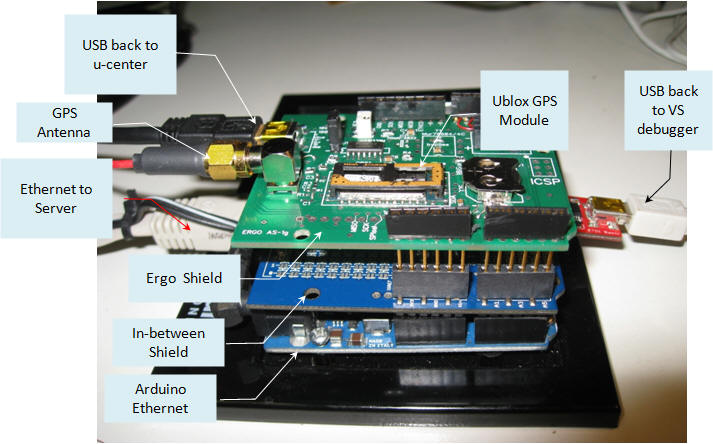ERGO
It provoked action by at least one person in the audience. Tom Bales of Euclid laboratories accepted Jill's challenge by starting:
"ERGO "The World's Largest Telescope".
Looking through the ERGO site I came to a form to fill out if your interested in participating. Of course I was - how could I not be interested in being a part of a project building the worlds largest telescope. Tom came back to me and proposed, on the bases of what I was doing with SETI Net and that I use a GPS based system to lock the clocks of my observatory, that I be a part of the ERGO team to build the next generation of pixels. That was the start.
Cosmic ray telescopes do not conform to a per-conceived notion of either and optical or radio telescopes. The ERGO telescope is like that as well. It consists of a number of small boxes (called Pixels), connected to power, a GPS antenna, the Internet and nothing else. They can live in a closet or on a teachers desk and they require no attention or maintenance but provide a window into the cosmic unknown.
My work on the ERGO project is summarized in Volume 7, Chapter 47 of the SETI Net notebook.
The basic problem with the ERGO pixel is the use of Geiger-Muller tube for the detector. With a single detector tube there is no way to discern noise from gamma rays and there is a *lot* of noise in the world. What is needed is two detectors and a coincidence detector. If a pulse is seen by both detectors its probably not noise.
